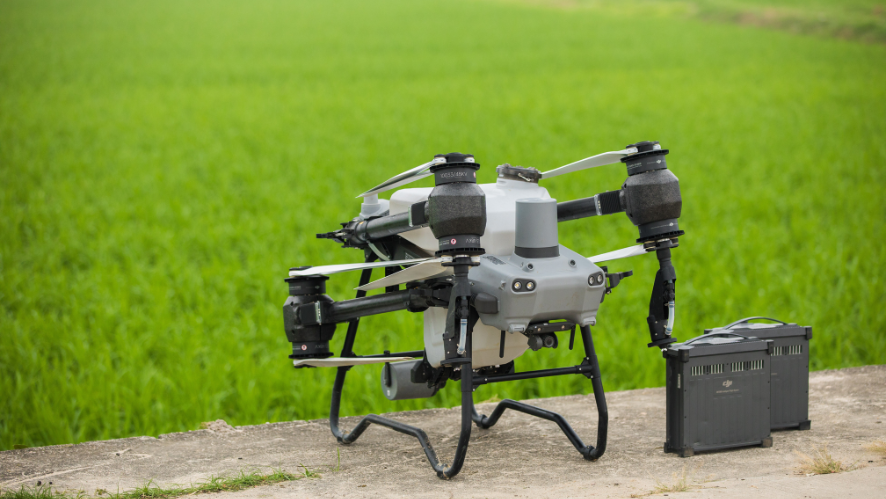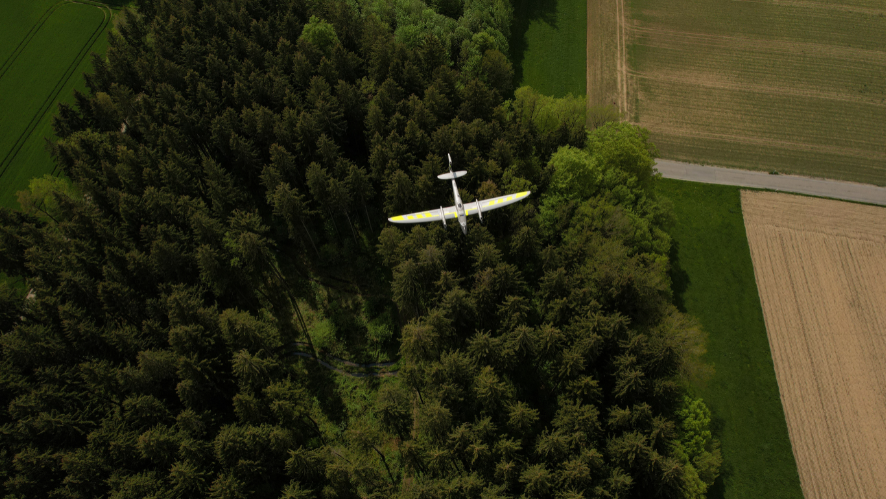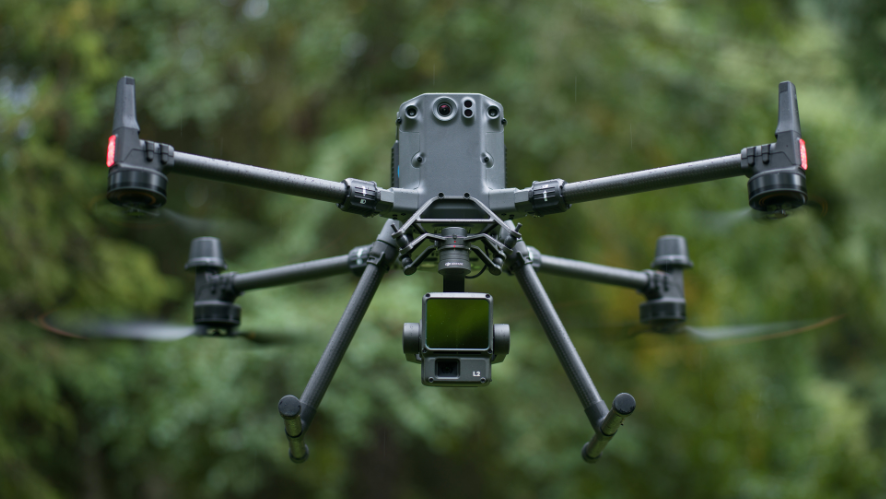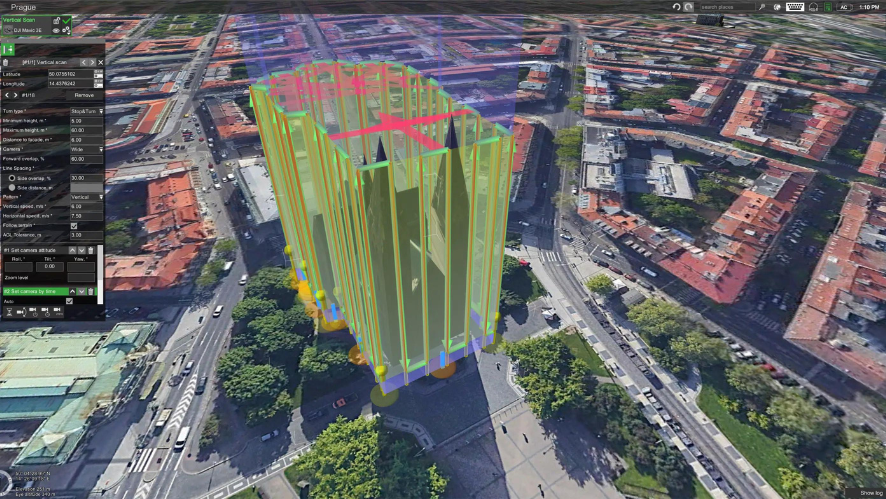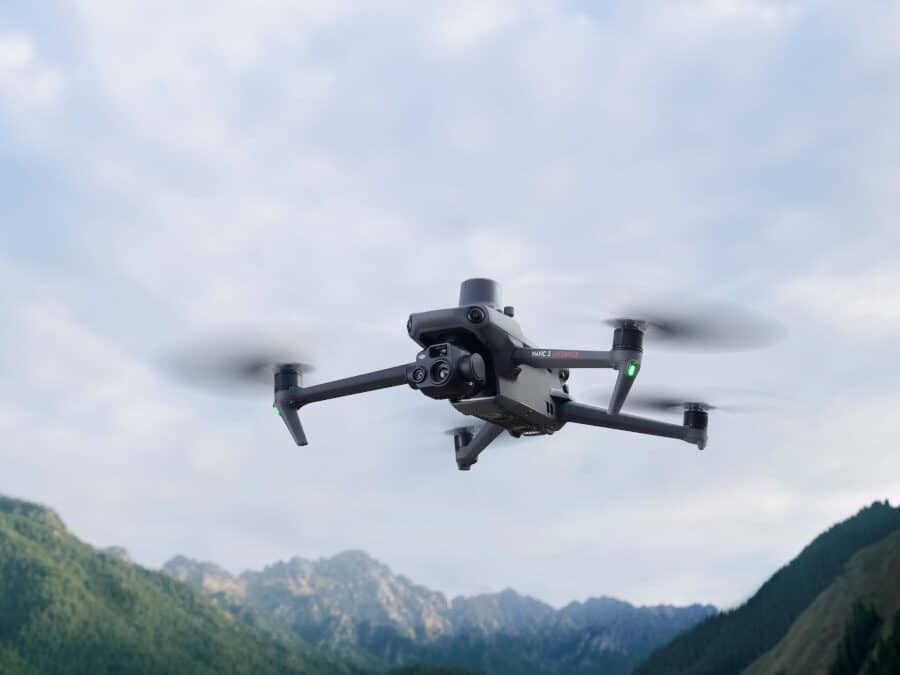Drones with thermal cameras offer a huge number of advantages in precision agriculture, as this type of UAVs present endless possibilities from which all those working in the sector can benefit. Therefore, the integration of thermal cameras in drones has a very positive impact on agriculture.
Some common activities within the agricultural sector, such as aerial thermography, were reserved for only a few. However, thanks to the incorporation of thermal imaging cameras in UAVs, it will be possible to advance diagnostic and analysis technology.
With their manufacture and extension, agricultural engineers have started to use them and to increase their benefit, detecting, analysing and avoiding harmful situations such as water stress.
What are thermal imager drones?
Thermal camera drones are unmanned aerial vehicles (UAVs) that carry cameras for diagnostic and analytical purposes. Thermal cameras are designed to measure the surface temperature of a target and the small changes that may occur on it. It should be noted that these cameras cannot accurately measure the temperature of shiny or mirrored objects, but they can measure the temperature of non-reflective surfaces, such as crops or people.
Such a camera has a specialised lens that allows IR frequencies to pass through. In addition, they include a thermal sensor and an image and data processor.
However, being integrated into a drone, the image must be clear and not too blurred, so the use of a stabiliser that allows 360° rotation is a must.
How does a thermal imager drone work?
The use of a thermal imager drone does not differ much from that of a UAV with common features. While the drone is flying over surfaces, the thermal sensor in the camera detects infrared wavelengths and converts them into electrical signals. After receiving these signals, the image processor creates a thermogram, also known as a thermographic image, which can be explained as a heat map showing different temperature values, making it possible to interpret the data the drone is collecting.
What are the advantages of drones with thermal cameras?
As mentioned in the introductory section, drones with thermal cameras offer endless possibilities. In the following, we will mention and explain in more depth some of the main advantages of their use in precision agriculture.
- Increased data collection capability. Thermal cameras make it possible for UAVs to have a greater capacity to collect data related to, for example, temperature. This allows drones to obtain more information and enables much more optimal decision making.
- More possibility for analysis. Thermal cameras make it possible for data analysis to be much more complete and the information available is of great help for the corresponding decision making.
- Accuracy. Thermal cameras are able to collect much higher quality data, i.e. the precision with which this type of technology works is very high. The information that drones with thermal cameras are capable of storing is very precise, which is one of their main advantages.
Different uses of thermal camera drones
Now, within precision agriculture, drones with thermal cameras can be used for a wide range of activities. From HPDRONES we mention and explain in depth some of the main ones.
- Inspection of infrastructures. There are infrastructures whose maintenance is costly and complex. The use of drones with thermal cameras provides an enormous advantage, not only to save costs and time, but also to guarantee the safety of all those operators who work in this area. At HPDRONES we have a wide range of possibilities from which you can choose the drone with thermal camera that best suits your needs and circumstances. The Yellowscan range is ideal for structural inspections, as they provide great precision, both in their data and in the geo-referenced information.
- Precision farming. Thermal cameras are really important for the use of a UAV in the agricultural sector. For example, they are capable of obtaining high precision in leaf temperature, which is considered an indicator that indirectly measures the level of water stress suffered by a plant.
- Surveillance and security. Thermal sensors are able to detect the heat of people and animals quickly in places where access for a person may be very difficult. They are so accurate that they are able to detect points of interest even if the temperature around them varies by a few degrees compared to the heat given off by a person.
It should be noted that in fire situations they are of great help, as they make it possible to make decisions from a perspective that allows a large number of people to be saved.
In conclusion to the above, thermal camera drones are very useful in precision agriculture. The high capacity they have to collect and analyse data will be of great help for workers and operators who are part of the sector to make much more coherent and optimal decisions. The fact is that the different applications they have both within agriculture and outside it mean enormous cost and energy savings, as well as a greater guarantee of safety for all workers.
Thanks to the precision of drones with thermal cameras, it is possible to detect, for example, anomalies in the temperature of crops, which allows plants to be saved if any type of variation is observed. If you have any questions about UAVs with thermal cameras, please contact us! Our great team of professionals will be happy to assist you and advise you throughout the process so that you can make the decision that best suits your needs.







